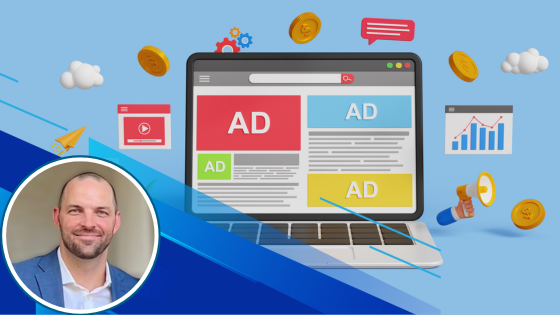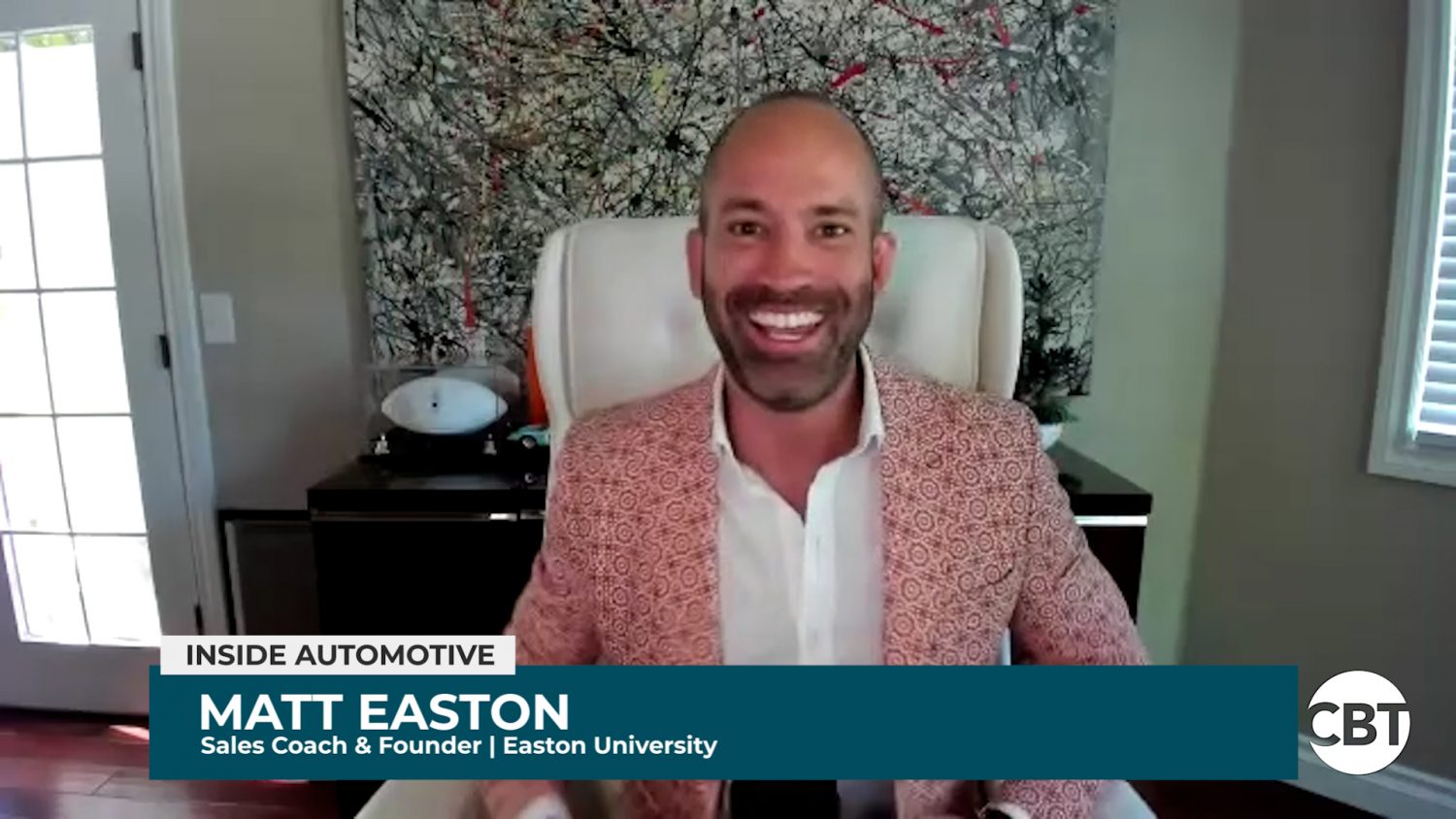B2B marketers are flocking to programmatic lead generation because the approach shows results: Unlike traditional lead generation motions, a programmatic cost-per-lead (CPL) model allows businesses to unify, streamline and automate the workflow to generate more efficiencies and higher ROI.
This degree of predictability and measurability has become critical in today’s marketing environment. With the advent of a programmatic approach, transparency and accountability are becoming certain expectations from B2B brands and agencies, and “do more with less” is now a top priority.
Here are a few of the factors that make a programmatic model for CPL acquisition a reliable source of growth for marketers:
- Transparency, which provides full end-to-end visibility of the campaign activation process, including identifying lead suppliers and publishers, acquisition tactics and asset usage;
- Speed to market, which includes workflow automation that enables demand marketers and publishers to go live with the campaign market in 24 hours; and
- Profitability, such as reducing operational costs, eliminating intermediaries and directly connecting CPL buys and sellers, delivering CPLs 50% less than industry averages.
These are just a few key reasons why a programmatic approach to deploying CPL campaigns brings a seismic change to the B2B demand creation industry. This modern approach gives B2B demand marketers complete control, transactional transparency and efficiency, enabling them to hold suppliers accountable, cut costs and speed up their time to market.
Programmatic automation enables businesses to reach their lead and pipeline goals by optimizing labor efforts and minimizing media expenses. Because of new privacy regulations and cookie depreciation, the usual tracking methods are losing effectiveness over time. Programmatic platforms keep marketers ahead of these changes by focusing on more accurate targeting and data utilization, ultimately resulting in better conversion rates while staying within budget.
Scalability is another major draw of programmatic lead generation, as businesses can use capabilities at scale to reach larger audiences without spending more. AI-driven workflow automation tools simplify scaling by streamlining campaign planning, buying and management.
Impact Of Automation
Marketing automation streamlines several processes that traditionally require manual effort. It enables faster campaign planning and activation, distribution of assets, qualification of leads, validation and delivery. Introducing automation to lead generation programs means boosting the number of qualified leads and lowering CPLs and operational costs, leading to significant efficiency and financial gains.
Key areas where automation drives these kinds of results include:
Mapping Out Campaigns
Deterministic data can be used to plan campaigns holistically across multiple publishing partners, ensuring campaigns are tailored to target audiences and industry needs.
Sizing The Audience
Integrating intent data into campaigns allows for real-time audience sizing. Estimating and targeting the right demand audiences based on their engagement and behavior online is immensely helpful to marketers.
RFP Automation
Marketers should automate the time-consuming RFP process, as doing so will drastically reduce the time needed to finalize deals with publishers from weeks to hours. The tools exist today, and it is up to marketers to use them.
Selecting Publishers
The tools also exist to automate publisher selection based on campaign needs and performance metrics. Marketers can directly choose and manage publishers, optimizing their lead sourcing for higher quality and scalability.
Managing Creative Assets
A centralized platform where marketers can upload, store and deploy assets across multiple campaigns and publisher partners is a game-changer for the business. Such platforms streamline version control, reduce manual asset management and accelerate the deployment of campaigns.
Pacing Leads
Marketers using today’s cutting-edge tools can easily manage and optimize lead pacing, ensuring they are delivered at the correct rate to meet campaign internal goals. This feature prevents lead saturation, helps maintain consistent lead quality over time and allows for quick adjustments to the budget.
Managing Change
Agility must be baked into any B2B campaign today, as this ensures that campaigns can adapt swiftly to changing market conditions or performance insights.
Delivery & Governance
Automation enables built-in governance measures, such as data verification and fraud detection. This ensures that only high-quality, verified leads are delivered.
By automating these critical aspects of B2B demand creation, businesses can focus their resources on higher-level strategy and innovation, leading to more qualified leads and improved overall efficiency in managing the sales pipeline.
While many things demand marketers embrace in programmatic lead generation, five main advantages stand out: Speed-to-market, CPL efficiency, accurate measurement, high-quality data and trust/confidence in an objective partner. These factors have brought disruptive change to the B2B demand creation and performance marketing industry.
By enabling faster campaign deployment, improving data quality and delivering more accurate, measurable results, programmatic lead generation provides a clear path for B2B marketers to achieve better performance and maximize ROI. It’s up to them to use the tools.
Karl Van Buren is the CEO and Co-founder of Audyence, a programmatic lead generation platform.




